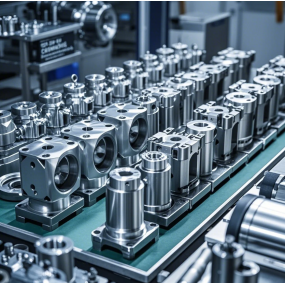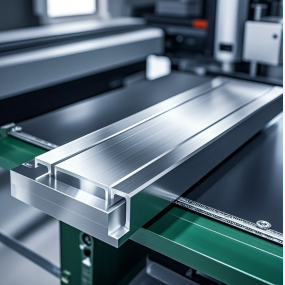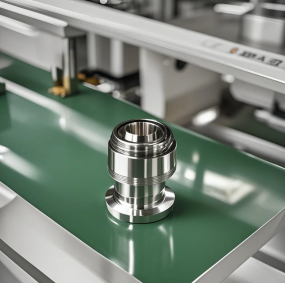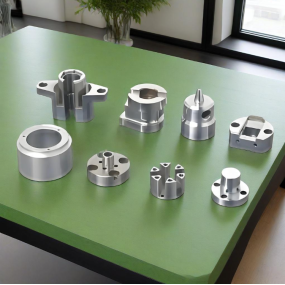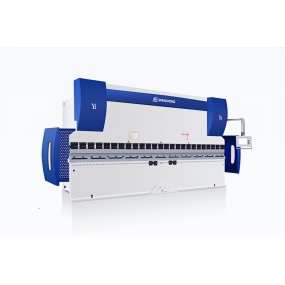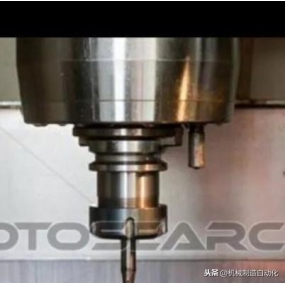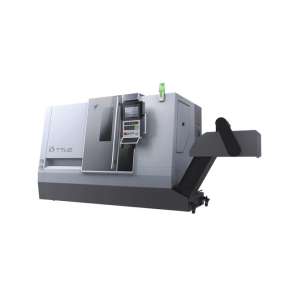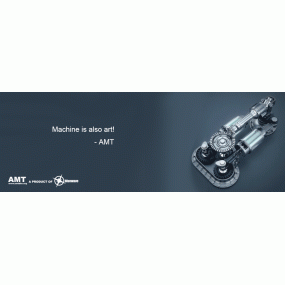Shenzhen precision parts processing mainly has two categories: manual machining and numerical control machining. Manual machining refers to the method of machining various materials by mechanical workers manually operating mechanical equipment such as milling machines, lathes, drilling machines and sawing machines. Manual machining is suitable for small batch and simple part production. Numerical control machining (CNC) refers to the use of numerical control equipment by mechanical workers to process. These numerical control equipment include machining centers, turning centers, wire EDM equipment, thread cutting machines, etc. At present, the vast majority of machining workshops use numerical control machining technology.
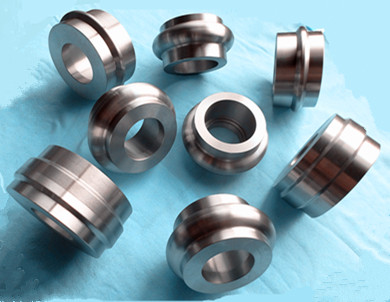 Through programming, the position coordinates (X, Y, Z) of the workpiece in the Cartesian coordinate system are converted into programming language, and the CNC controller of the numerical control machine tool controls the axis of the numerical control machine tool by recognizing and interpreting the programming language, and automatically removes the material as required, so as to obtain the finished workpiece. Numerical control machining processes workpieces in a continuous manner, suitable for large quantities and complex parts.
Through programming, the position coordinates (X, Y, Z) of the workpiece in the Cartesian coordinate system are converted into programming language, and the CNC controller of the numerical control machine tool controls the axis of the numerical control machine tool by recognizing and interpreting the programming language, and automatically removes the material as required, so as to obtain the finished workpiece. Numerical control machining processes workpieces in a continuous manner, suitable for large quantities and complex parts.
Precision parts processing workshops can use CAD/CAM (Computer-Aided Design Computer-Aided Manufacturing) systems to automatically program numerical control machine tools. The geometries of parts are automatically converted from CAD systems to CAM systems, and mechanics choose various machining methods on virtual display screens. When the mechanic selects a certain machining method, the CAD/CAM system can automatically output the CNC code, usually the G code, and enter the code into the controller of the numerical control machine tool for actual machining operations.
Shenzhen precision parts machining process specification is one of the process documents that specify the machining process and operation method of parts. It is to write the more reasonable process and operation method into the process document in the prescribed form under specific production conditions, and use it to guide production after approval. Machining process specifications generally include the following contents: the process route of workpiece processing, the specific content of each process and the equipment and process equipment used, the inspection items and inspection methods of the workpiece, the cutting dosage, the time quota, etc.
Shenzhen precision parts processing technology is based on the process, changing the shape, size, relative position and nature of the production object, etc., to make it a finished product or work in progress. It is a detailed description of each step and each process. For example, as mentioned above, rough machining may include rough manufacturing, grinding, etc. Finishing may be divided into cars, fitters, milling machines, etc. Each step requires detailed data, such as how much roughness to achieve and how much tolerance to achieve. Technicians determine the process used according to the number of products, equipment conditions and worker quality, and write the relevant content into a process document. This document is called the process specification. This is more targeted. Each factory may be different because the actual situation is different. Overall, the process flow is the program, the processing technology is the detailed parameters of each step, and the process specification is a specific processing technology written by a factory according to the actual situation.
Machining technology includes: five-axis machining, ceramic machining, chemical numerical control machining, electric discharge machining, electric discharge drilling machining, numerical control titanium, emergency construction/on-site machining, casting machining, grinding machining, fine machining (small parts machining), plastic machining, turning machining, thread machining, Swiss turning machining, CNC Machining, etc.


 Spanish
Spanish Arabic
Arabic French
French Portuguese
Portuguese Belarusian
Belarusian Japanese
Japanese Russian
Russian Malay
Malay Icelandic
Icelandic Bulgarian
Bulgarian Azerbaijani
Azerbaijani Estonian
Estonian Irish
Irish Polish
Polish Persian
Persian Boolean
Boolean Danish
Danish German
German Filipino
Filipino Finnish
Finnish Korean
Korean Dutch
Dutch Galician
Galician Catalan
Catalan Czech
Czech Croatian
Croatian Latin
Latin Latvian
Latvian Romanian
Romanian Maltese
Maltese Macedonian
Macedonian Norwegian
Norwegian Swedish
Swedish Serbian
Serbian Slovak
Slovak Slovenian
Slovenian Swahili
Swahili Thai
Thai Turkish
Turkish Welsh
Welsh Urdu
Urdu Ukrainian
Ukrainian Greek
Greek Hungarian
Hungarian Italian
Italian Yiddish
Yiddish Indonesian
Indonesian Vietnamese
Vietnamese Haitian Creole
Haitian Creole Spanish Basque
Spanish Basque

